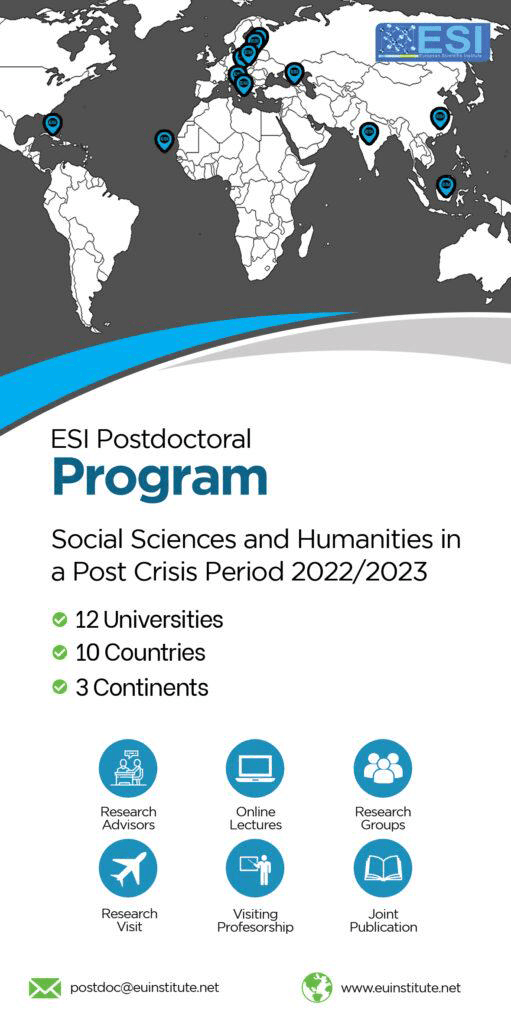Questions négatives hautes en français : une analyse sémantico-pragmatique du biais et de la confirmation
Abstract
Cette étude examine les propriétés sémantiques et pragmatiques des questions négatives hautes (High Negated Questions - HNQs) en français, des structures marquées par une négation externe et un préjugé épistémique implicite. Contrairement aux questions polaires classiques, les HNQs manifestent une préférence pour des réponses affirmatives, reflétant les attentes du locuteur quant à l’alignement des croyances avec l’interlocuteur. L’analyse théorique combinée à une expérimentation empirique menée auprès de locuteurs natifs montre que la félicité des HNQs dépend fortement du contexte discursif et de l’alignement épistémique présumé. Les résultats révèlent que les HNQs formelles, utilisant des structures comme n’est-ce pas, sont perçues comme plus naturelles dans des contextes institutionnels, tandis que les variantes informelles, avec des particules telles que hein, sont préférées dans des interactions spontanées. Ces observations confirment les modèles de la négation externe (Romero & Han, 2004 ; Goodhue, 2022) et des dynamiques d’alignement épistémique (Farkas & Roelofsen, 2017), soulignant le rôle des HNQs comme des outils structurants du discours, et non de simples interrogatives neutres. Cette recherche enrichit la compréhension des mécanismes de préjugé et de confirmation dans l’interaction en français.
This study investigates the semantic and pragmatic properties of High Negated Questions (HNQs) in French, a structure characterized by external negation and inherent epistemic bias. Unlike standard polar questions, HNQs exhibit a predisposition towards affirmative responses, reflecting the speaker's expectation of shared beliefs with the interlocutor. Through both theoretical analysis and empirical experimentation, the study explores how these questions function as discourse tools to manage alignment in conversational contexts. The experiment, conducted with native French native speakers, examined the naturalness and acceptability of HNQs in formal and informal settings, revealing that their felicity heavily depends on the presumed epistemic alignment between interlocutors. The findings confirm that formal HNQs (e.g., using n’est-ce pas) are more acceptable in institutional contexts, while informal variants (e.g., with hein) are preferred in casual speech. These results align with theoretical models of external negation (Romero & Han, 2004; Goodhue, 2022) and the pragmatic framework of epistemic alignment (Farkas & Roelofsen, 2017), highlighting HNQs' role as discourse-structuring mechanisms rather than neutral interrogatives. This research contributes to a deeper understanding of how bias and confirmation dynamics shape French conversational structures.
Downloads
Metrics
References
2. Farkas, D. F., & Bruce, K. (2010). On Reacting to Assertions and Polar Questions. Journal of Semantics, 27(1), 81–118.
3. Farkas, D. F., & Roelofsen, F. (2017). Division of labor in the interpretation of declaratives and interrogatives. Journal of Semantics, 34(2), 237–289.
4. Goodhue, D. (2022). Isn’t there more than one way to bias a polar question? Natural Language Semantics, 30(4), 379–413.
5. Larrivée, P., & Mari, A. (2022). Interpreting high negation in Negative Interrogatives: the role of the Other. Linguistics Vanguard, 8(s2), 219–226. https://doi.org/10.1515/lingvan-2020-0115Romero, M., & Han, C. (2004). On negative yes/no questions. Linguistics and Philosophy, 27(5), 609–658.
6. Van Rooij, R., & Šafářová, M. (2003). On Polar Questions. Proceedings of SALT 13, 292–309.
Copyright (c) 2025 Kantapon Intamart

This work is licensed under a Creative Commons Attribution 4.0 International License.








